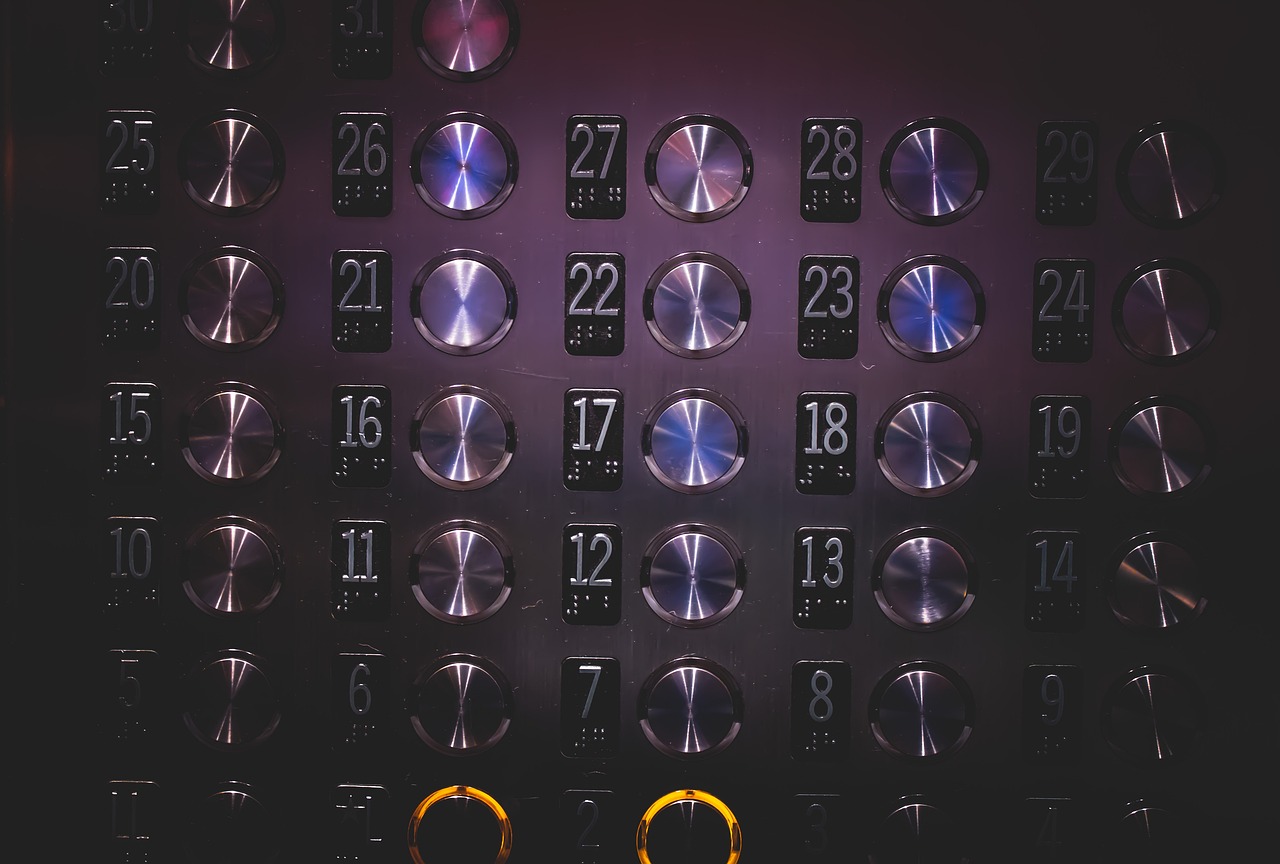World Braille Day is celebrated on January 4 in honor of its creator Louis Braille, who was born in France on that date in 1809. Described as a “code” and a “tactile representation of alphabetic and numerical symbols,” braille uses six dots to represent letters and numbers, as well as musical, mathematical and scientific symbols. For people who are blind or partially sighted, braille is essential for reading, writing and navigating their daily lives.
Robley G. Cook, founder of SCS Elevator Products, pioneered the use of braille in U.S. elevators in the mid-1970s. A visually impaired individual himself, Cook was keenly aware of the need for directional braille signage. He created a line of braille products for elevator applications and approached manufacturers with his invention. Cook’s metal-stamped braille signs were well received, but there was no requirement to include braille signage until the Americans with Disabilities Act (ADA) was passed in 1990.
Today, all lifts have both raised numerals and braille below or next to the floor numbers on the control panel. A tactile star with braille is also required on both door jambs at the main entry level. Emergency information such as “In Case of Fire” signs must be displayed for an elevator to be ADA-compliant.
Some elevator companies are working to provide enhanced accessibility and independence for people with mobility or visual impairments or disabilities. New vertical-transportation (VT) technologies, including the Internet of Things and destination dispatch systems, make it possible for elevators to recognize individual passengers’ needs. The ability to provide custom operations, such as keeping doors open longer, reserving additional space in the car or providing visual and audio cues, goes beyond current ADA requirements, marking another turning point in elevator accessibility.
Get more of Elevator World. Sign up for our free e-newsletter.










